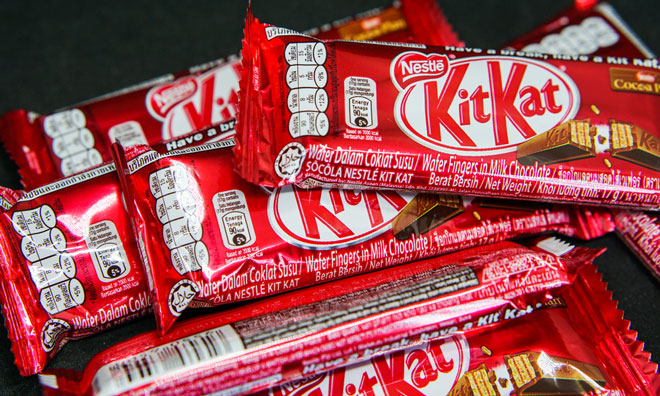Pasta processing and nutrition
18 December 2008 | By Carlo Cannella, Professor, Department of Medical Physiopathology – Food Science & Nutrition Unit, ‘La Sapienza’ University of Rome
Pasta has ancient roots that go back approximately 7,000 years to when humankind abandoned his nomadic lifestyle, started to cultivate the land and learned how to process grain. For many years, Marco Polo was credited with introducing pasta to Italy after his voyages in China, but several written documents deny…





